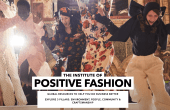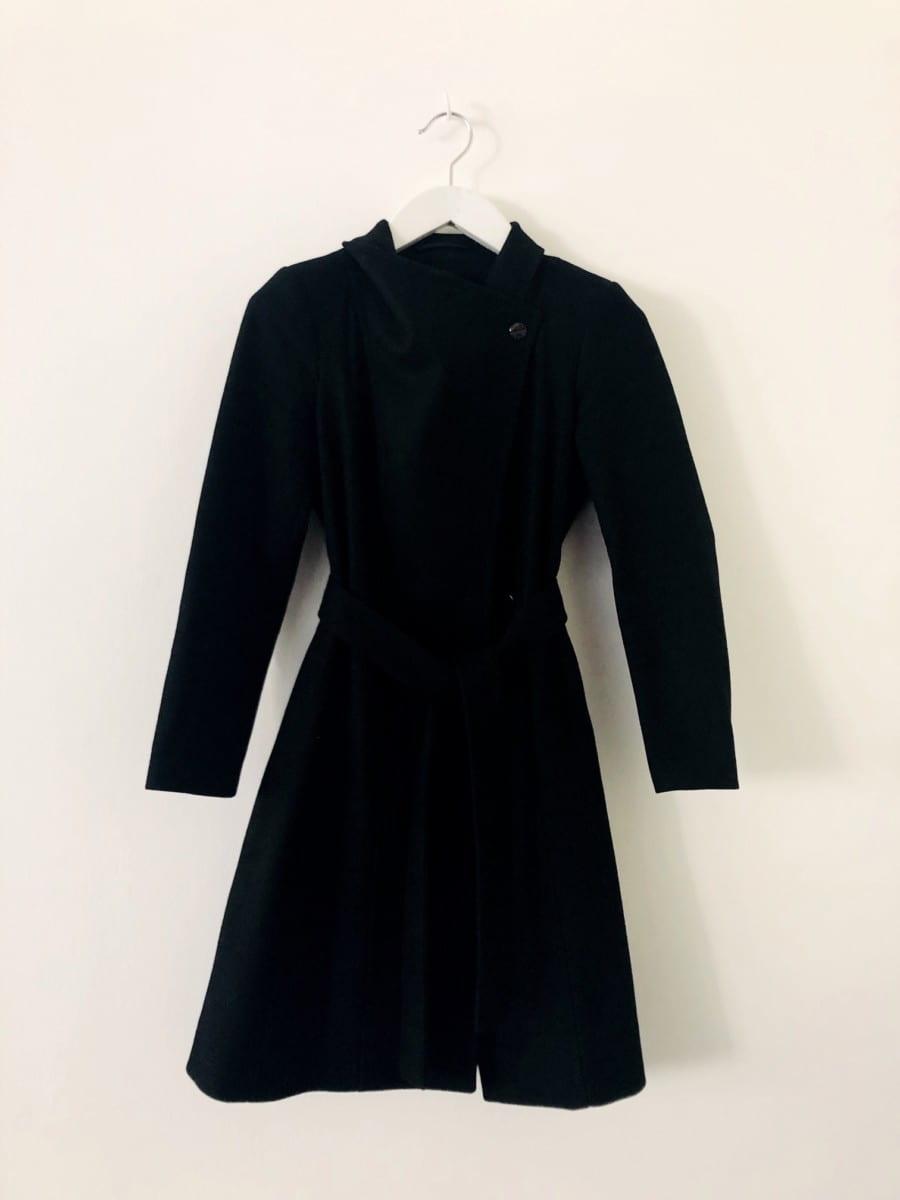I couldn’t help but notice the rising number of articles I read about the future of wearables last week.
An interesting piece on Washington Post about how shoppers are increasingly choosing to spend their pennies on experiences rather than “stuff” first sparked my thinking.
Initially, this seems like bad news for traditional retailers. However, I think there is an opportunity for fashion to exploit this new ‘experience-seeking’ consumer – and that opportunity lies in wearables.
In contrast to standard apparel, wearables offer more than just a look, or a style, they give the user a functionality and an experience. I expect the fashion industry to focus on the marriage of textiles and technology in order to exploit this.
Unsurprisingly, as CNBC have noted, a number of smart clothes have been introduced over the last year. There has been Google’s Project Jacquard, Samsung’s Smart Suit and Intel’s Curie, so there is clearly a trend towards increasing the number of wearable “garments” in the market, rather than just devices.
This shift from gadget to garment is something that Business of Fashion founder Imran Amed believes has to happen for consumers to really buy into wearables.
He believes the current focus on wearable gadgets, such as the unsuccessful Google Glass or the Apple Watch is limiting the potential integration of fashion and technology. The future of wearables, according to Amed, is in smart fabrics.
His article mentions that: “whereas smartbands and watches represent a significant portion of the market for wearable technology (like Fitbit and multi-functional watches like the Apple Watch), the largest and fastest growing category is expected to be smart garments, which are predicted to grow from 100,000 units shipped in 2014 to 26 million units shipped in 2016.”
I think the focus on garment will bring a more aesthetic approach to fashion technology. When you consider that the main driver behind a shopper buying an item of clothing is often how it looks, making wearables look physically attractive is central in creating that demand.
We have seen designers such as Richard Nicoll and Iris van Herpen focus on using technological materials to create a new aesthetic, rather than just looking at its functional purposes, with great success, so I don’t think it will be long before others join them.
I agree with Amed that we need to move on from the gadget-approach and see the aesthetic possibilities of technology, which is the overriding factor in people’s decisions of what to wear.
I think wearable fabrics garments are the future. Not only will they meet consumer demand, they will also make us value our clothes more because they do more for us. They offer an aesthetic and an experience, and this is what the modern consumer will want.




